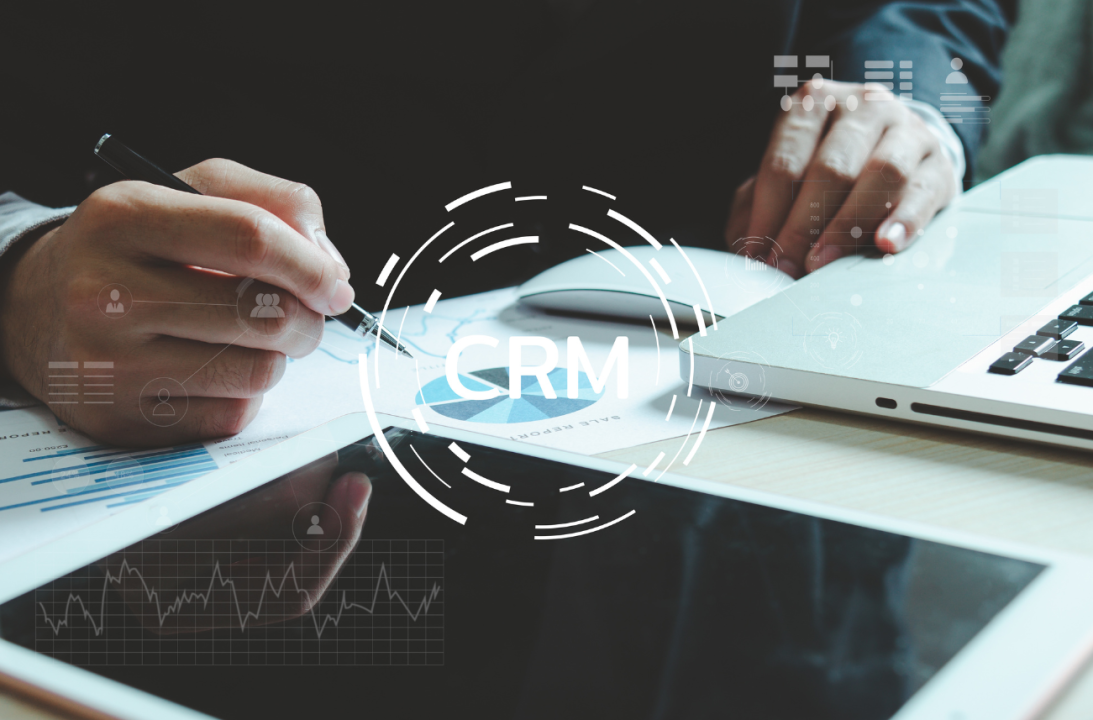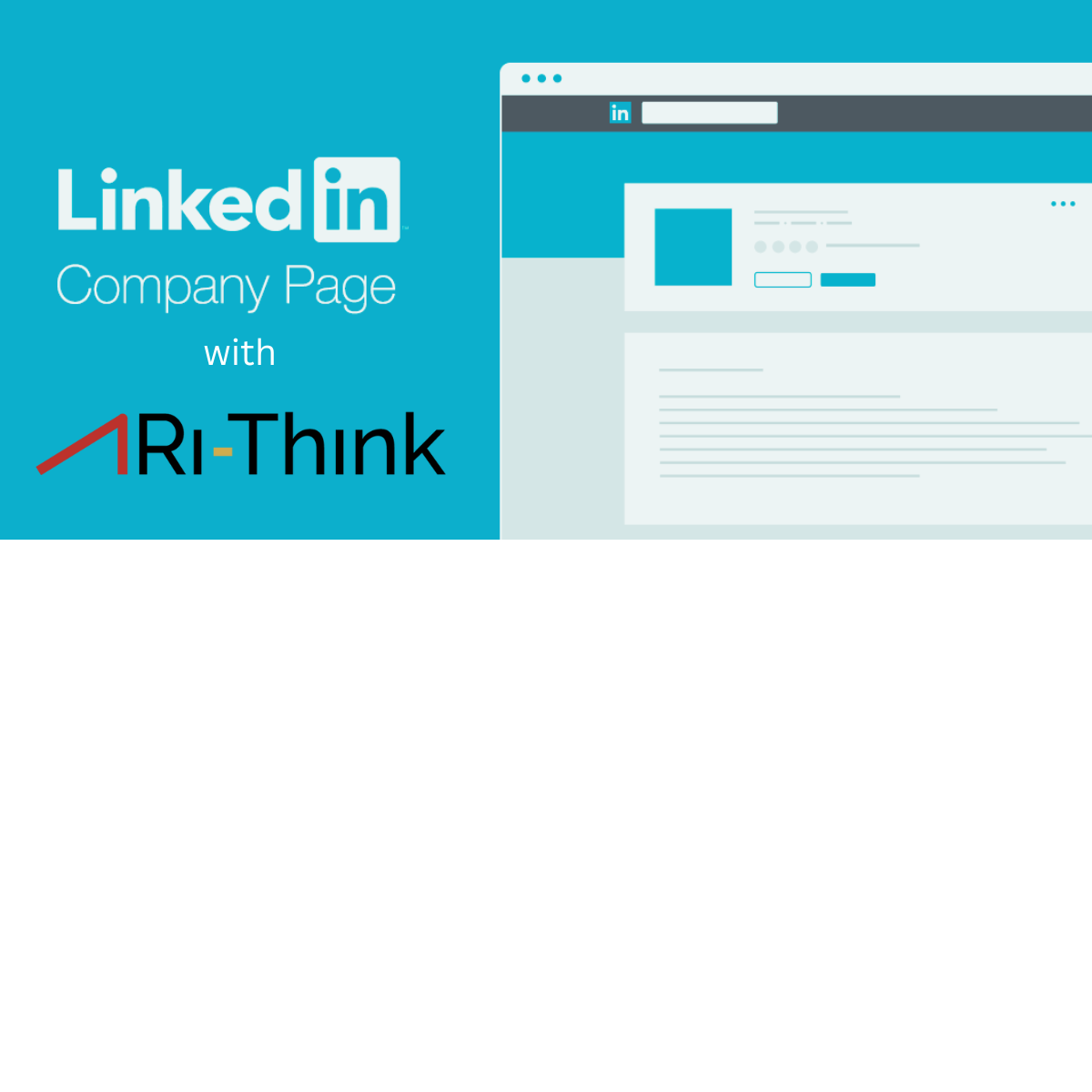Do you have a Business Development Plan for 2024?
A Business Development strategy enables you to identify, attract and acquire new business in a planned manner to achieve sustainable growth. Here are 7 crucial considerations when crafting a Business Development strategy.
It‘s week 6 of 2024, which leaves us with approximately 210 working days this year. Have you prepared your Business Development strategy and implemented your plan?
Business Development plans take time to craft and once put into action, can take months before they yield a significant ROI. If you haven’t crafted a plan yet or are unsure where to begin, don’t fret! Our team will engage with you to co-create an overarching strategy and an effective plan to implement.
But, if you’re a business leader with time on your hands and wanting to give it a crack, here are 7 crucial elements you want to take into consideration while crafting a Business Development strategy.
1. Objectives – Where do you want to be?
2. Competitors – Who are you up against?
3. Environment – What is happening around you?
4. Audience – Who are your buyers and where will you find them?
5. Marketing channels – How are you engaging with your audience?
6. Goals - Set targets & Track
7. De-risk and Re-assess
1. Objectives for 2024
What would you like to achieve this year? Think big and gradually distil your list to the top 3 – 4 objectives which will propel your business forward. These objectives help shape the strategy, timelines and action plan.
For example, your objective may be to build brand credibility, launch a new product, or develop a new client segment.
2. Competitors
Every year new competitors enter the market and often old ones exit. Knowing who you are up against and what they introduce to the market is important. Analyse the regions they serve, the partnerships they have and how their services are priced.
If a competitor has the exact same service or solution, consider what sets your offering apart from them.
3. Environment
2024 is shaping up to be an unprecedented year in many ways. An economy on the mend, a new Government launching policies, geopolitical issues around the globe and the ever present murmurs of Covid have created a climate that could be highly uncertain but filled with opportunities.
Think forward, assess the external environment to identify potential opportunities for the business and factors that could pose as a hurdle to achieving your objectives.
4. Audience
All too often, I come across businesses who haven’t mapped their ideal buyers. They go to market without a targeted approach which leads to service offerings that aren’t customised for any industry and a potential dilution of perceived value.
Instead, its much better to define 2-3 ideal customer personas and shape your services around them. All your activities can then be targeted towards these buyers and their respective industry cycles. Marketing teams love this exercise as it offers direction.
5. Marketing Channels
Once you know who your audience is, the marketing channel that is most suitable for this audience can be identified. These channels could include social media, events, websites and SEO, paid advertising, Word of mouth etc.
If you have a marketing team, rope them into this part of Business Development planning. They’ll be able to guide you on the best marketing channels to match your audience.
6. Goals
Setting SMART goals (Specific, Measurable, Achievable, Relevant and Time-bound goals) and tracking against aligned metrics allows you to measure progress and performance. Measuring your progress regularly enables you to modify your approach and make changes in an agile manner.
I recommend identifying annual goals and breaking them into quarterly and monthly targets to give the team achievable waypoints.
7. De-risk & Assess
Threats and risks are all around us. As a final step, identify the internal and external risks that would stop your from achieving your Business Development goals and implement preventive measures to mitigate these risks.
An effective business development strategy along with a actionable plan enables your team to build credibility, leverage partnerships, generate quality leads and achieve a high rate of conversion. It sets the pathway for growth and market recognition.
Get in touch with us if you’d like to talk to about Business Development for your business and levelling up in 2024!










